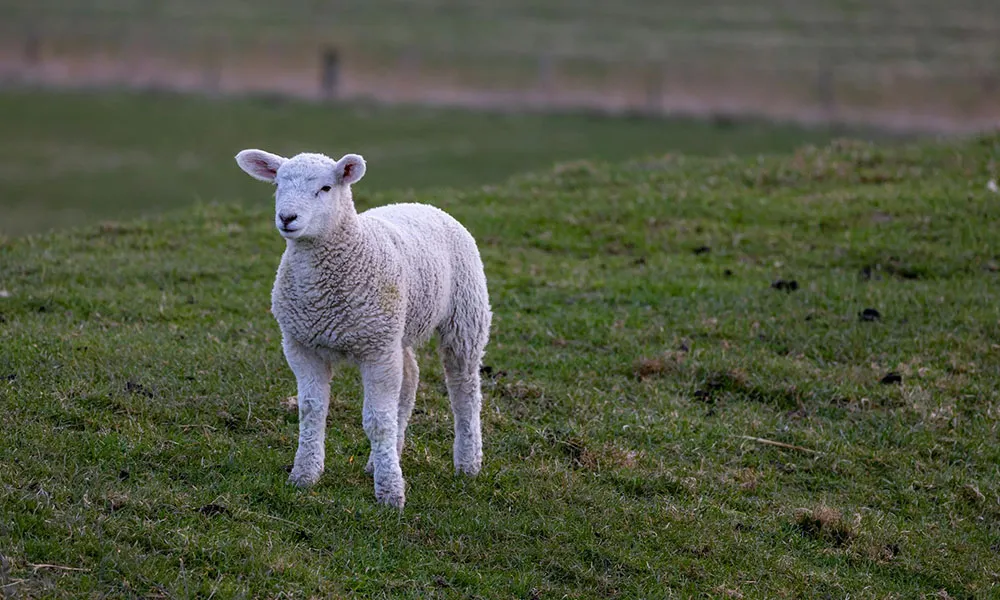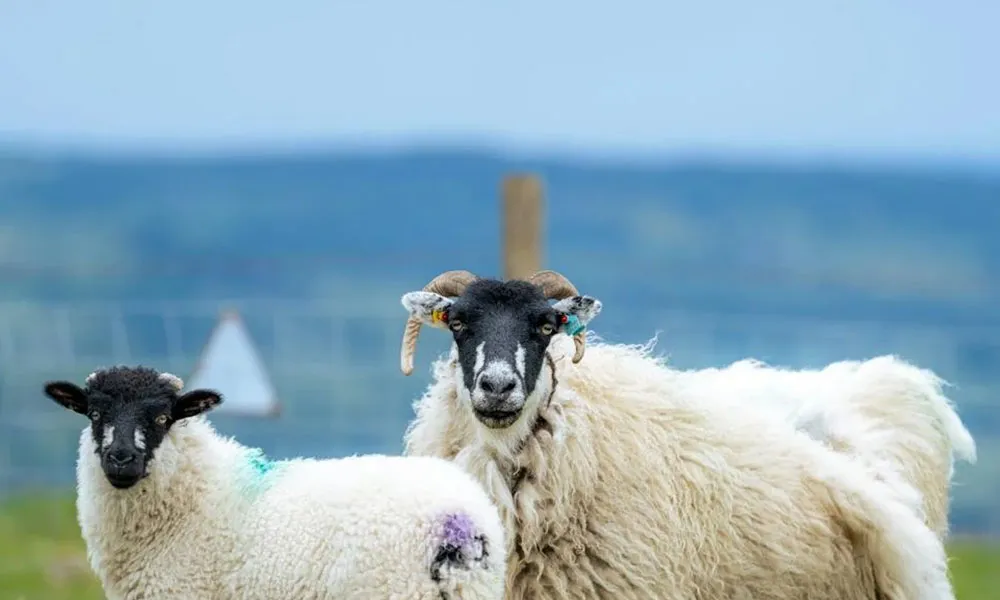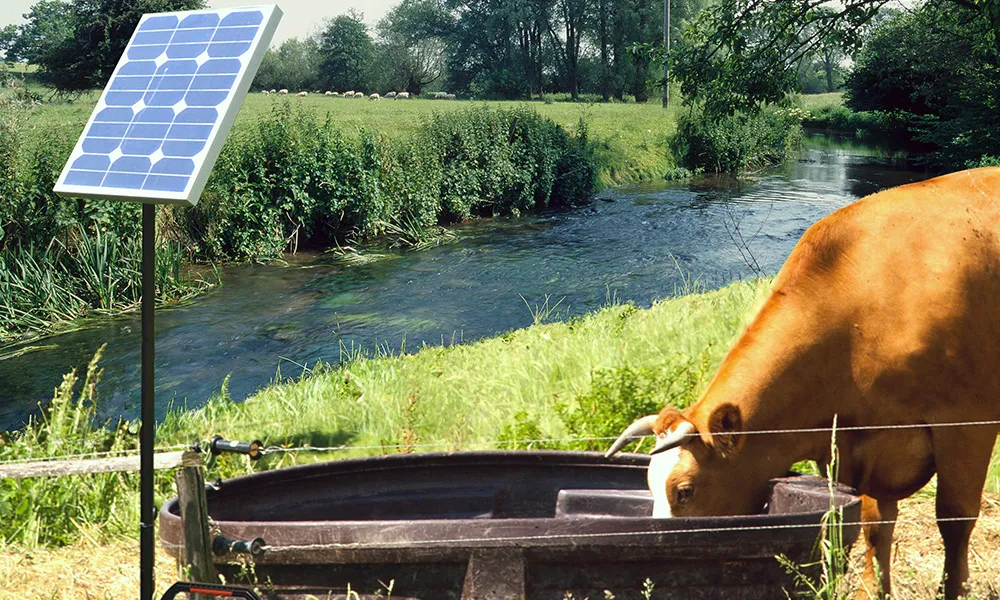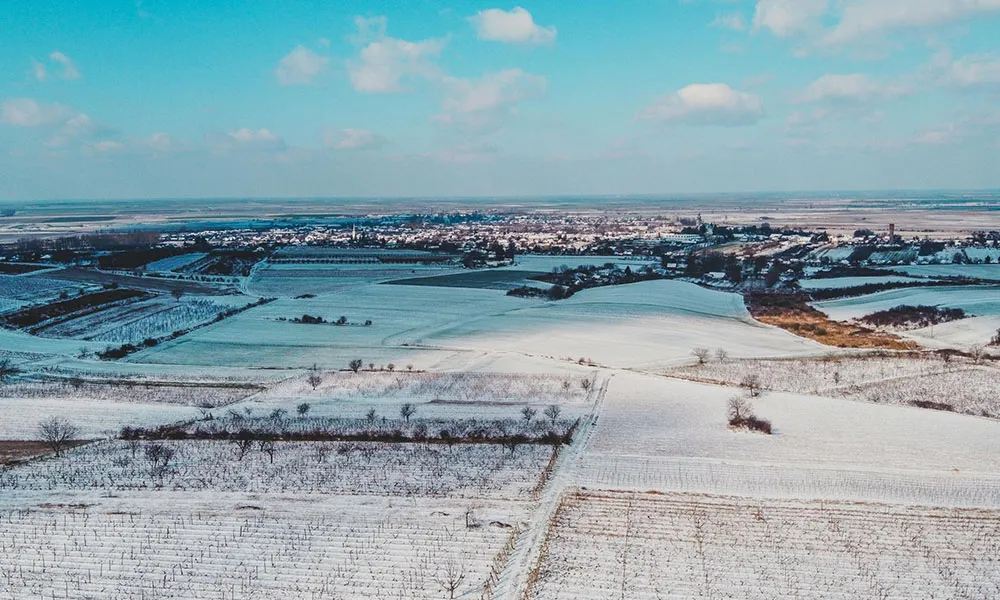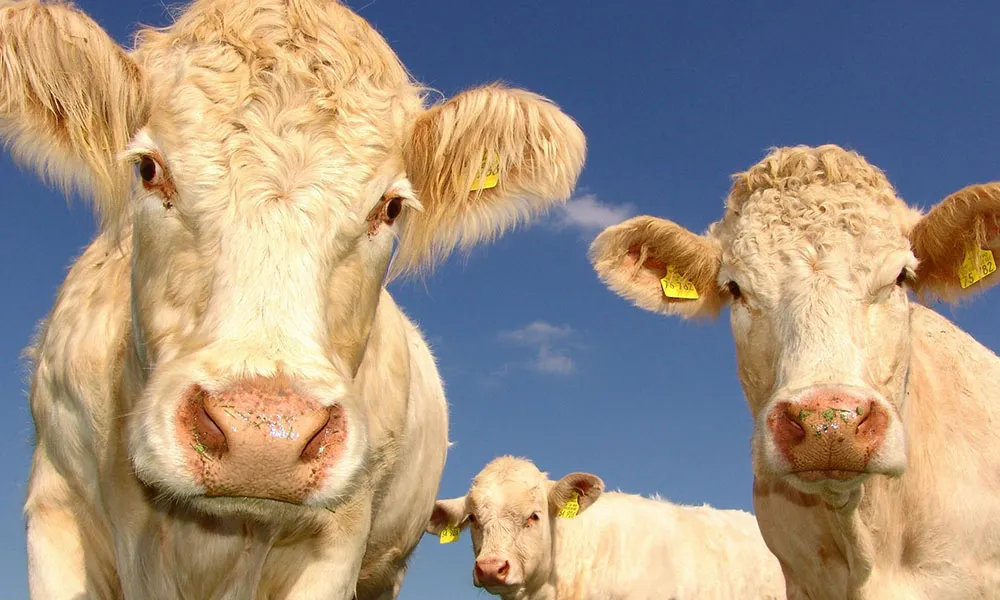
A pleasant spring?
March brought a lot of dry weather this year, meaning that some farmers managed to turn cattle out earlier than expected. That being said, if you are farming on heavy, wet ground or clay (like I am), you may be holding off to see what April brings.
On that front, it seems that the weather gods are smiling on this little island for a change. If the forecast is to be believed, we can expect temperatures to reach a balmy 18 degrees by the middle of next week. Such conditions should cause a surge in grass growth that we should all look to exploit. Spring grass is rich in nutrients that young stock, in particular, need to avail of if they are to thrive during the summer months. In addition to this, early grazing is important because it helps to promote further grass growth. If spring grass is left ungrazed, growth is likely to be sluggish as temperatures rise. Naturally, this is something we should all try to avoid.
The importance of having a plan
Planning is essential to a successful spring turnout. When it letting animals out on the land, it is important that you “box clever”. Remember that cattle tend to get excitable when rediscovering their freedom after a long winter indoors. This skittishness increases the risk of good grass being trampled into the ground and rendered useless for grazing. It is therefore a good idea to first turn stock onto a dry piece of ground with relatively cropped grass (such as a meadow or paddock that was mowed in the backend of last year). If there is insufficient grass to sustain the animals, you can always supplement with silage and nuts at first.
Young stock first?
For those working with poor quality ground, it is safer to let the younger animals out first. There are a couple of reasons for this – the most obvious being the issue of weight. The last thing you want is a herd of mature cows sinking to their udders and poaching ground badly before a single blade of grass is grazed. Your younger, lighter stock will do less damage to heavy soil that is prone to waterlogging and may still be recovering from heavy winter rain.
Early grass is also hugely beneficial to young stock. Because it is nutrient rich, it provides calves and weanlings with a good platform for the year ahead, improving overall performance and health. This will pay dividends come sale time.
Paddock grazing
Perhaps the most important aspect of any spring turnout plan is a good grazing strategy. If you haven’t already done so, you should divide fields into grazing paddocks before letting stock out. This will allow you to graze the drier ground first. Hopefully, by the time your better paddocks are grazed bare, the wetter areas will coming into reasonable condition again, and better able to take the weight of stock without significant poaching.





